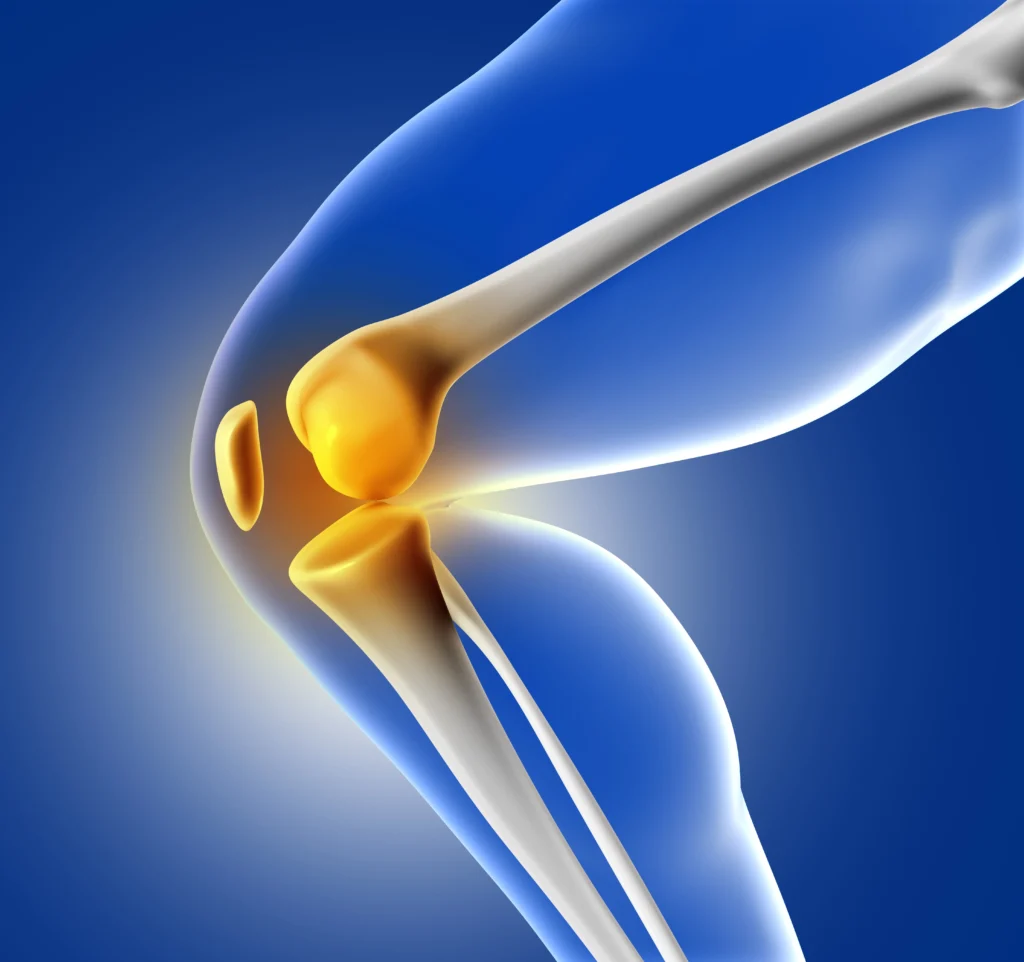Joint Replacement
Introduction
Joint Replacement
In a joint replacement, the abnormal bone and lining structures of the joint are removed surgically, and new parts are inserted in their places. These new parts may be made of special metal or plastic or specific kinds of carbon-coated implants. The new parts allow the joints to move again with little or no pain. Finger joints (called PIP), knuckle joints (called MP) and wrist joints can all be replaced.
Joint replacement surgery is done as after other treatments (physical therapy and medications) have not helped. The procedures and post-operative recovery expectations for hip, knee, and shoulder replacement patients are all discussed.
CAUSES:
In a normal joint, bones have a smooth surface made of a substance called articular cartilage on their ends that allows one bone to glide easily against another. Joints are lubricated by a thin layer of fluid (synovial fluid) that acts like oil in an engine to keep parts gliding smoothly. When the articular cartilage wears out, is damaged, or the joint fluid is abnormal, problems develop, and joints often become stiff and painful. This is arthritis, which may be possible to treat with this procedure.
RECOVERY:
Hand therapy supervised by a trained hand therapist is almost always required after any joint replace-ment surgery, usually for several months. Special splints are generally used depending on which joint was replaced and how the surgery was done (Figure 2).
To ensure the best results after surgery, follow your surgeon and therapists’ directions, call your surgeon if you experience a sudden increase in pain or swelling, and call your surgeon if your hand or wrist becomes red, hot or crooked. People who are considered for joint replacement surgery often have severe joint pain, stiffness, limping, muscle weakness, limited motion, and swelling. Depending on the joint that is affected and the amount of damage, patients may have trouble with ordinary activities such as walking, putting on socks and shoes, getting into and out of cars, and climbing stairs.

Artificial joints in the hand may help
- Reduce joint pain
- Restore or maintain joint motion
- Improve the look and alignment of the joint(s)
- Improve overall hand function
Some risks of this procedure include:
- Implant loosening, fracturing or wearing down over time, which may require subsequent surgery
- Infection
- Joint stiffness or pain if the procedure or implant fails
- Dislocation of the artificial joint
- Damage to vessels, nerves or other structures in the region of the surgery

